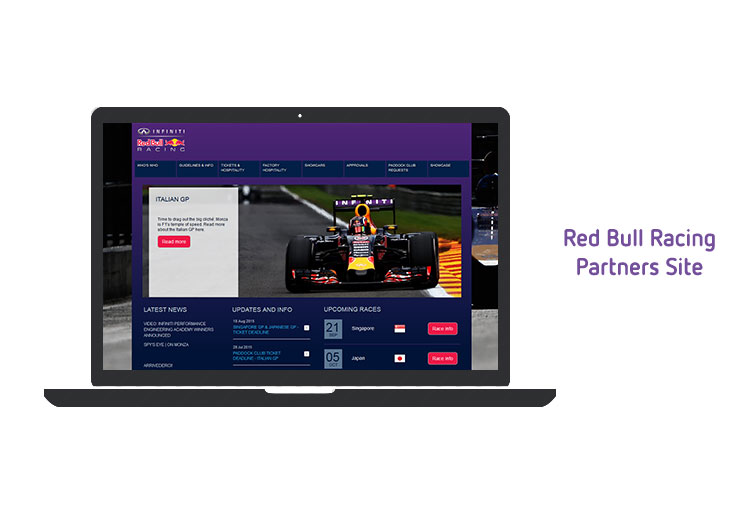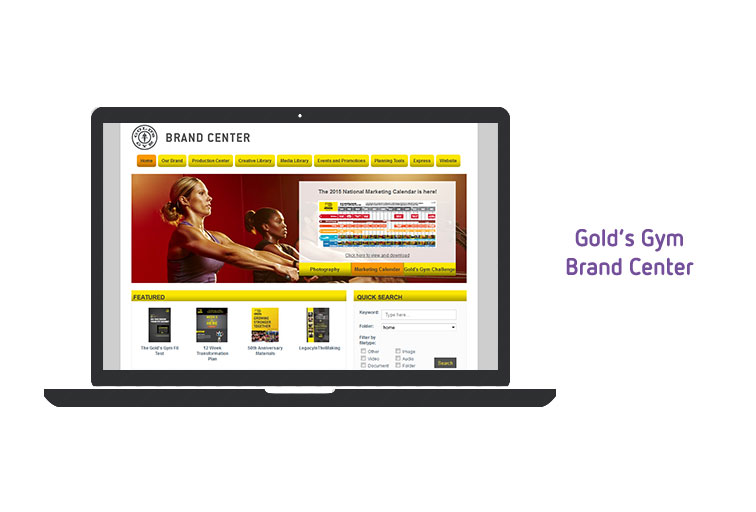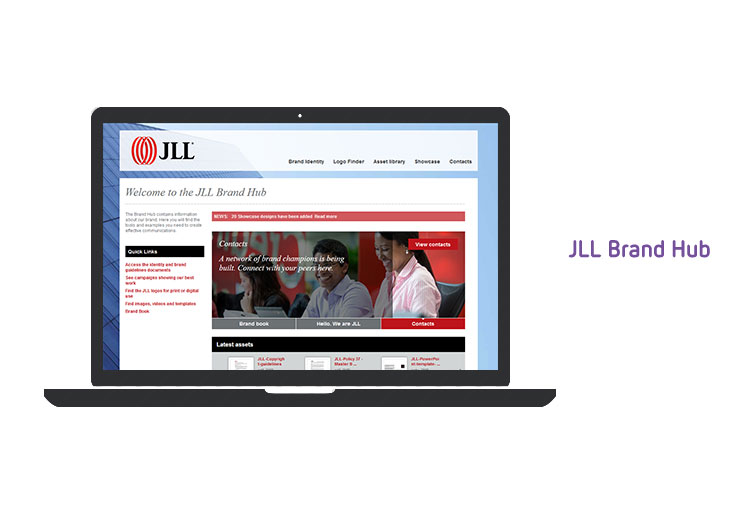When implementing a new digital asset management (DAM) system, it’s important to first have a firm plan in place. That way you can be as sure as possible that your project will be a success. I would say that the biggest factors for potential failure are not the software you select, but are:
- lack of specifics on what will make the project a success (the business case)
- a lack of defined processes for the most common use cases (i.e. the most common tasks that users will need to do successfully over and over again) coupled with the man-power needed both up-front and ongoing to maintain these
- and of course, a lack of good, relevant content
So here is our seven-step guide designed to drive the process of specifying and implementing a digital asset management software solution. It is intended only as a sample plan; yours may look different, but the underlying principles are common to all projects of this kind. Certainly, good initial strategic thinking is the key to building the best possible system that meets all your needs now and in the future. And just as certainly, the system will need rigorously efficient management once in place.

Step One: Identify Your Reasons for Purchase
The first step in formulating a plan is always to identify why your organisation needs digital asset management software, and how badly.
You probably wouldn’t have made it this far in the article unless you already have a very good reason, but if it’s something like “our image, video, graphics and artwork files are all over the place, nobody can ever find what they are looking for”, and “I’m about to pull my last bit of hair out”, then it will unfortunately not fly with the CFO when you ask him or her for some budget.
Ultimately, unless you can show that, by implementing DAM software, your organisation can make/save more money than they will be spending on it (i.e. have a positive Return On Investment – ROI), then it will probably never get any budget.
Step Two: Work Out the Potential ROI
The elements typically covered in an ROI calculator are centred in these four areas
- Cost Savings – E.g. “our design dept. have 20 ad-hoc image requests per month and it takes us and the requester combined approx. 2 hours to service each request. With a new system we estimate this can be cut to 20min resulting in a saving of $XX” or e.g. “the guys in the UK are spending $50k per year on buying new images and so are we in the US, but around XX% of these are interchangeable because we don’t share them globally.”
- Increase Revenue – E.g. “if we stop the local distributors creating their own off-brand, dubious marketing material, we guesstimate that we can increase our win-rate by 15% resulting in XX revenue increase.”
- Accelerate speed to market – E.g. “It currently takes us 12 weeks to get the global marketing material ready for a product launch. If we formalised our workflows around this process we can cut this to around 6 weeks, and we can therefore start earning additional revenue 6 weeks earlier, resulting in on average X additional revenue for each new product.
- Cost avoidance – E.g. “Last year we got fined $30k by Getty and the model agency we use because our resellers were using out-of-licence images in their marketing material. We can cut this down to around $0 – $5k”

Step Three: Write the Business Case
Writing a business case for DAM implementation is crucial because it will not just help you get a budget, but it will help you to:
- Understand what functionality you really need, and what you can do without.
- Identify who your main user groups are. E.g. if it’s mainly graphics professionals then it doesn’t matter if the user interface is a bit complex because you can train them. If its non-graphics professionals like sales, partners, resellers, in-store staff, etc. then you absolutely must ensure that the system is intuitive and easy to use.
- Clarify specific use-cases you really need to grill your short-list of vendors on so you don’t find out later that the system is weak in a place that’s crucial to your project’s success.
- Visualise what processes you need for the successful, ongoing management of the system, either manual ones or those which are automated in the digital asset management workflow system.
You will of course also need to review your current position. For example, you may have existing digital asset management software which isn’t working for you, or at least a file-server somewhere with the files on.
Be brutal about how you evaluate what you’ve got now and don’t get bogged down in a jungle of old files, unwieldy filing structures, etc because you’ll lose sight of your objective. In building the business case you may even come to the conclusion that it will be better for the company to simply scrap 80% of all the assets you have because they are off-brand, out of date, low resolution or have unknown licence terms.
If you have 500 really great images, and 10,000 average or poor ones, then I would argue that time is better spent culling your existing library instead of migrating them to a new system.
Once this is done you of course need the vendor to have tools in place to bulk-import and tag these.
Step Four: Appoint Your Internal Champion
Once you’ve culled your assets, ask yourself who will be responsible for maintaining them and the system. A digital asset management system will live or die depending on how well you manage it. We often advocate appointing a digital asset management champion in the client company who is responsible for promoting the system internally, encouraging take up and usage by your internal users and external agencies, franchisees or other third parties, and evaluating usage of assets.
Step Five: Articulate the System Requirements
Creating a robust digital asset management system requires you to do an evaluation of vendors and systems. At this evaluation stage it’s important to think in terms not only of the DAM features and functionality you require right now, but also how future needs are likely to evolve. You need a system that both meets today’s requirements and is adaptable enough to grow.
Work with the people who will be your internal and external users and keep them part of the process. We once had a demo with a client who invited 70 team leaders from around the world to join in by webinar! While we wouldn’t advocate this approach (decision by committee rarely achieves the best outcome), most clients will involve the most important stakeholders in the discussions about design and development of the new system.
After all, it is they who have the invaluable day-to-day knowledge of what’s needed – and well-informed questions will always make a positive contribution in the decision-making process.
Step Six: Implement
Once you have selected your digital asset management software, the implementation phase kicks in.
At this stage you need to make decisions on the detail of how the system will operate for you. Make sure you choose a vendor who will offer consultancy at this stage as you need to make sure you:
- document all file formats that will be going into your media library or libraries
- set up your user groups and permission levels
- determine which file formats need to be blocked from access by any of the user groups you’ve identified. Do any of the file formats just need a diminished level of access for particular user groups? For example, perhaps they can see certain files but only as a watermarked version, or even just a lower DPI?
- create auto-previews for images and photos as well as video formats
- consider any image or photo formats that should require particular sizes or formats, and what sizes you need to be generated by the automatic transcoder in your digital asset management software. An example would be creating 1000px wide PNG rather than 1000px wide JPG. If we are discussing video previews – it is not uncommon for the core assets to be loaded while only M4V or MP4 or Webm versions are made available to certain user types. (It’s good to make a note of any of these correlations.)
- determine which asset segments will require additional data attributes to be tied to them as well as establishing a metadata tagging or keywording standard. Keep in mind the principle that an asset is not an asset if it cannot be utilized
- create a site structure that corresponds to your business structure or processes
An early event in the DAM implementation phase will certainly be the migration from your existing system or systems to the new solution. If earlier planning has been well considered, you will know what your site structure is and what assets will need to be uploaded.
Of course implementation will also require training, management, governance of the system and integration with existing company workflows and processes. One other thing: good project ownership is essential at this stage – without it the process could be derailed, resulting in significant cost, time and ultimately uptake issues.

Step Seven: Manage
With your new system up and running, you will begin to see differences in business processes and how your digital assets are used.
Some processes may need slight modification as part of the bedding in. This is where reporting functionality is so important, providing valuable and detailed insights that will allow you to optimise the system.
The report focus should be on statistics relating to user numbers, uptake percentage, login frequency and the number of assets uploaded or downloaded. These can then be benchmarked against pre-implementation targets and historic data where available.
Expansion of the system is also likely as time goes on. There may have been features that didn’t make the first stage of development, or you may want to add new functionality based on user feedback. That is why it is so crucial that, at the evaluation stage, the choice of system should have allowed for expansion and integration with other systems.
Originally published by damcoalition.com



